Vertical movement joints in loadbearing brickwork
Article updated on 31 January 2024
All building materials are subject to movement. This movement is due to several reasons however, two are particularly influential on vertical movement in loadbearing masonry. These are thermal expansion and contraction due to temperature changes and moisture movement.
Expansion, contraction, and moisture movement of masonry needs to be allowed for by the provision of vertical and horizontal joints within the masonry element. If such movement is not accommodated stresses will be introduced and the wall could crack causing secondary defects such as water ingress and increase in heat loss.
The position and dimension of the joints should be designed to accommodate both reversible and irreversible movements. Reversible movement is caused by temperature or moisture variations whilst irreversible movement can be caused by the expansion that occurs in clay bricks or by shrinkage that occurs in concrete masonry units over time.
Movement joints should be designed by a competent structural engineer in all but the most basic of circumstances when the joint should be throughout the full height of the masonry between window and door openings.
Image example at Brick Expansion Joints in Masonry Walls - Bing images
Where this is not possible the joint should be designed by an engineer as the design and positioning of movement joints may require slip planes to allow horizontal movement whilst ensuring the stability of the wall is not compromised. Horizontal movement joints should be designed for the specific situation.
Window and door openings divide the wall into a series of masonry panels of limited length. Uncontrolled cracking can occur in the narrow horizontal panels usually found at floor levels. Where the length to height ratio of each panel is high (more than 3:1), the distance between movement joints may need to be reduced and appropriate design advice should be sought.
Image example at BrickWallWindows (Texture) (filterforge.com)
As a general rule, the spacing of vertical movement joints in clay brickwork should be between 10m and 12m apart. In calcium silicate brickwork the spacing should be typically between 7.5m and 9m apart. In concrete brickwork the distances are between 6m and 9m. The distances between vertical movement joints identified above, are based on straight sections of wall.
A vertical movement joint should be positioned at no greater than half the maximum spacing from a corner or return in a wall. For example, where movement joints are required every 12m in a straight run of brickwork, a movement joint is required within 6m of the corner but not too close that it will adversely affect any buttressing function required for a return wall.
In freestanding walls, the movement joint spacing should halved from that specified above.
The width of the joint can be calculated as follows: 30% of the distance between joints plus the separation distance but measured in millimetres not metres. So, if you have 12 metres between joints then the joint width should be 16mm. Separation distance is 12; 30% of 12 is 4; 12+4 gives you the 16mm width required. [12 + (30% of 12 is 4) = 16mm].
Wall ties in cavity wall construction should be spaced not more than 300mm apart vertically within a distance of 225mm from the vertical edges of movement joints to maintain the structural continuity and stability of the wall:
Movement joints and slip planes in external walls should be properly sealed and protected to prevent water penetration. Fixings and services should be designed so that they do not restrict or prevent the proper performance of the movement joints.
The material for filling movement joints to accommodate expansion should be easily compressible to approximately 50% of its original thickness. Flexible cellular polyurethane, cellular polyethylene or foam rubbers typical materials used.
For more information on the requirements for different types of masonry, refer to the freely available LABC Warranty Technical Manual at Technical Manual Download - LABC Warranty.
Please Note: Every care was taken to ensure the information was correct at the time of publication. Any written guidance provided does not replace the user’s professional judgement. It is the responsibility of the dutyholder or person carrying out the work to ensure compliance with relevant building regulations or applicable technical standards.
Sign up to the building bulletin newsletter
Over 48,000 construction professionals have already signed up for the LABC Building Bulletin.
Join them and receive useful tips, practical technical information and industry news by email once every 6 weeks.
Subscribe to the Building Bulletin
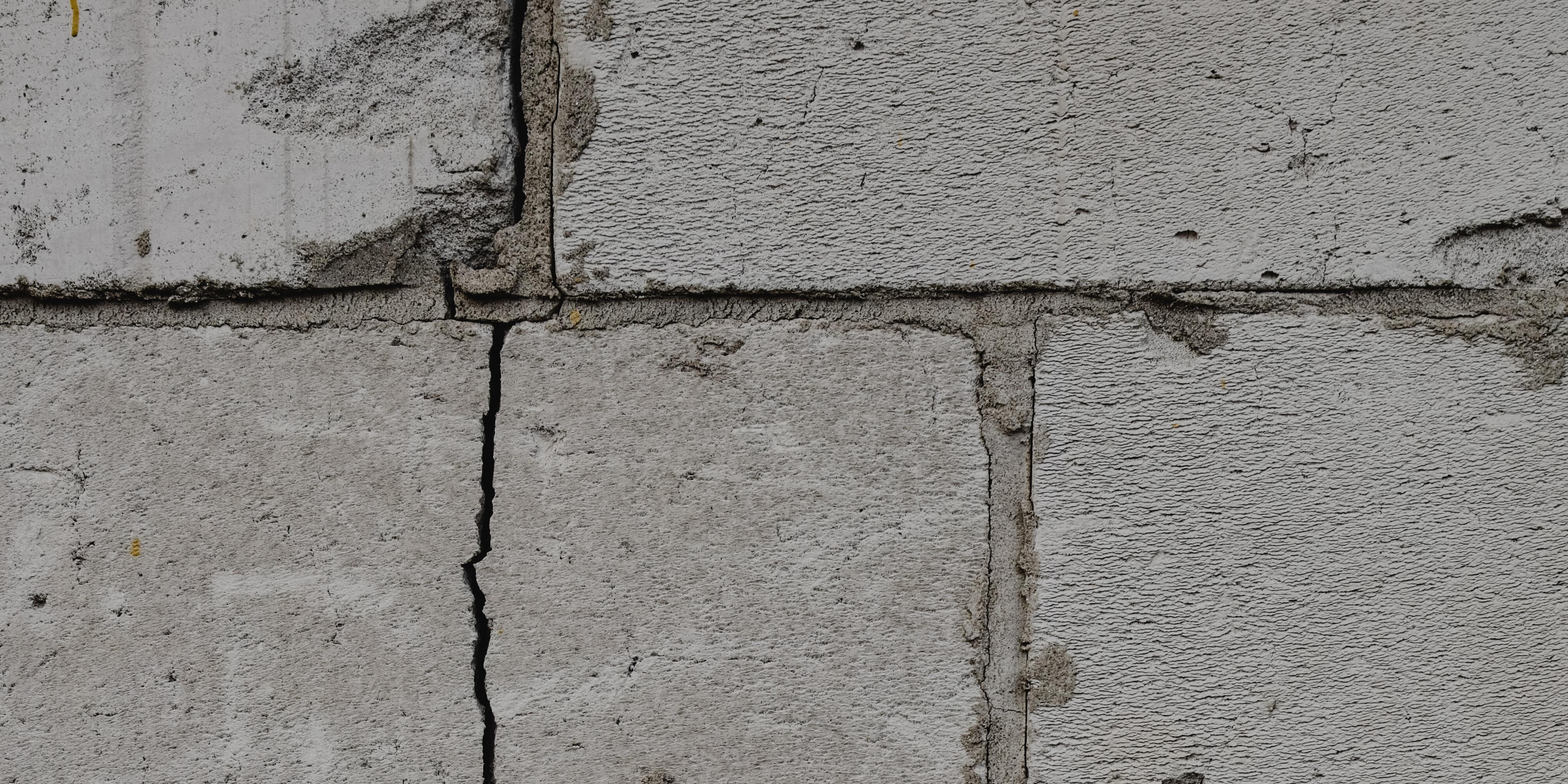
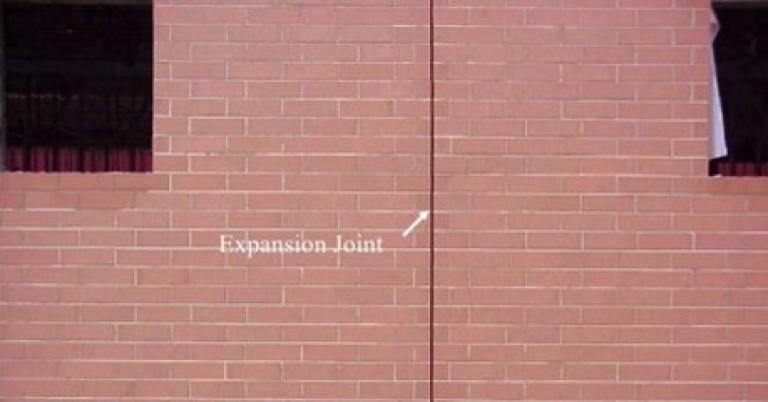
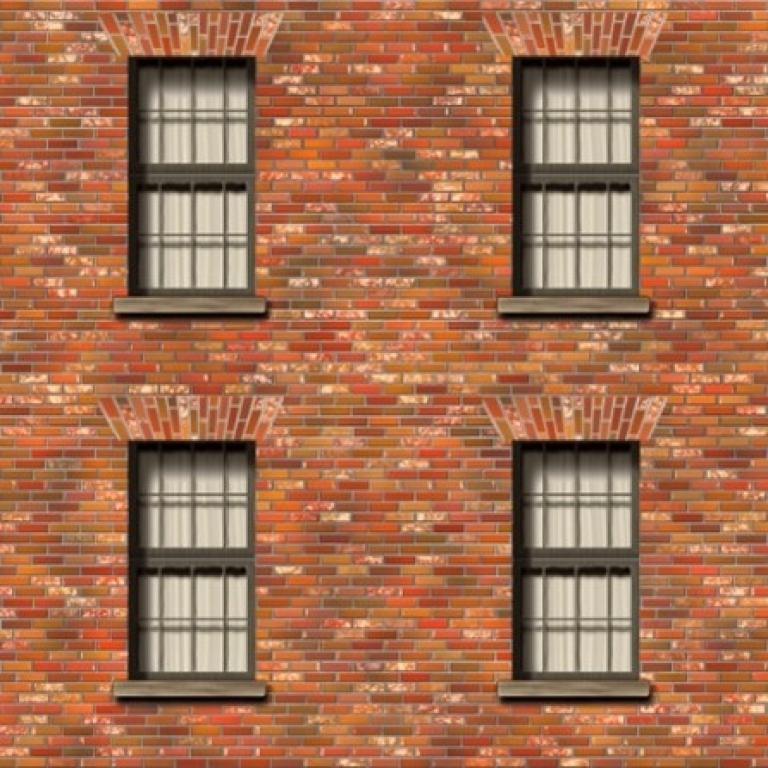

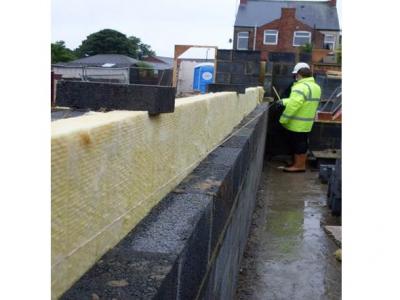

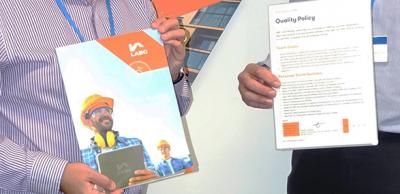
Comments
movement joint of 12m in reinforced concrete blockwall
Submitted 2 years 6 months ago
I really need some help and guidance here. It seems we have built a wall that is slightly different to most standards and guidance. If you could please help I would be so grateful. Any help here will go a long way.
The foundation is reinforced concrete and has 2 x 12mm straight bar every 225mm. The foundation MJs are 12m apart and these are what we have followed.
Our blockwork is the Cemex dense hollow concrete blocks 215mm wide. 2 x 12mm rebar passes through every hole.
All holes are filled with C40 Hanson concrete.
There is a 50mm cavity on one side of the blockwall. standard cavity ties have been used at standard 900mm centres (450mm staggers and on each course at ends). Staffordshire blue engineering bricks have been used for facade brickwork. MJ spacing in the brickwork is 6m.
On the other side of the blockwall is a filled 10mm gap between Staffordshire blues again with the same ties spacings.
Mortar used is M12 CPI euromix.
Our Client's structural designer is questioning our MJ spacing in the blockwall.
Our take is as follows:
1 - We have followed the MJ in the foundation because the blockwall is acting as part of the RC structure now.
2 - Vertical reinforcement and the concrete is preventing the blocks from moving anywhere therefore any possible shrinkage to the mortar/blocks will be aesthetic and not structural.
3 - The blockwall is hidden, structurally it is sound.
4 - The recommendation that MJs in block walls is a maximum of 9m is guidance only and doesn't take into account the reinforcement criteria we have.
5 - Cemex are happy with how we have installed there block. They have provided test results on shrinkage. In a completely saturated block there is a possible 0.24mm shrinkage every metre. It is safe to assume less than 50% saturation (these blocks were laid in warm dry conditions) so 0.12mm/m across 12m = 1.4mm possible shrinkage. This is for a free standing, unreinforced test case.
LABC Response
Submitted 2 years 5 months ago
Thank you for your enquiry, however, this is not something that LABC can help with. LABC is a membership organisation, providing advice and support to its member local authorities around England and Wales. As a result, LABC cannot comment on the application and enforcement of the Building Regulations to a particular situation as this is a matter for the local council and ultimately the courts.
You will need to resolve this matter with your client’s structural engineer before contacting the Building Control team at your Local Authority to confirm your position and ask for their review and decision on compliance.
Best,
LABC Team
Movement joint in 3 block
Submitted 2 years 4 months ago
LABC Response
Submitted 2 years 3 months ago
Thank your for your enquiry.
LABC provides general advice in terms of Building Regulations, we are unable to comment on a particular situation and therefore your query should be passed to your designer/engineer to resolve the positions of the movement joints.
Best,
LABC Team
movement joints in brickwork
Submitted 2 years 2 months ago
Internal Movement Joints
Submitted 1 year 10 months ago
LABC Response
Submitted 1 year 9 months ago
All building materials are subject to movement. This movement is due to several reasons and will depend on the type of construction and materials used. LABC is not able to comment on specific projects, however both external and internal walls are subject to movement and therefore may well have expansion joints.
Best,
LABC Team
Ychwanegu sylw newydd